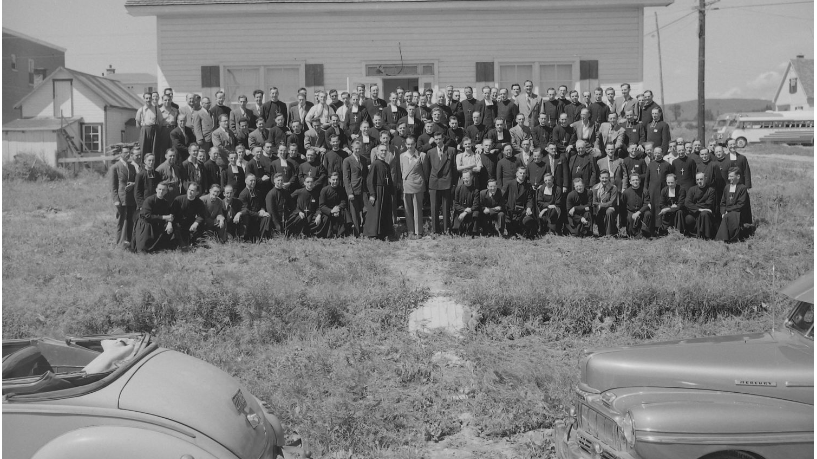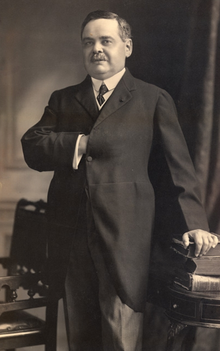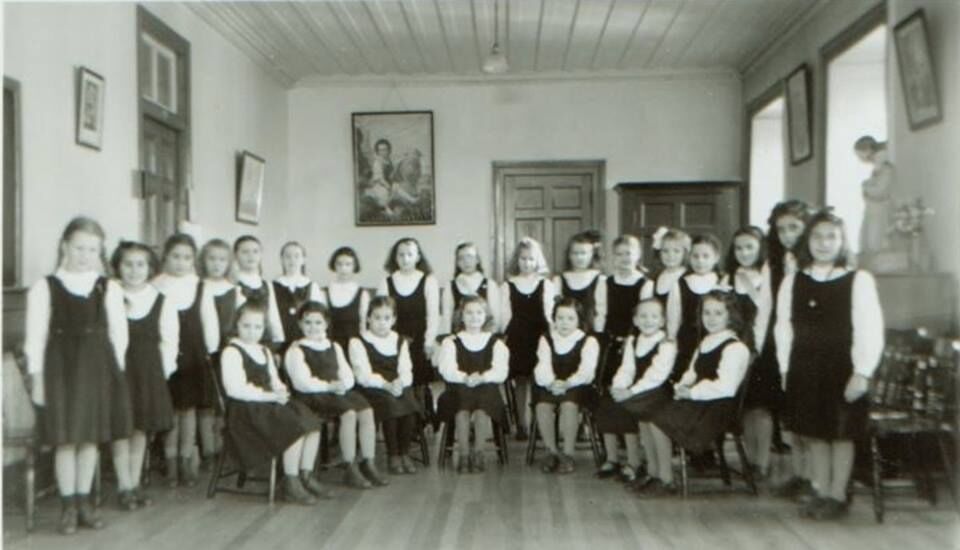In the early 20th century, religious institutions were in charge of education in Canada. The Catholic Church was in charge of Quebec’s education system, which had poor enrollment rates and low literacy levels. In an attempt to resolve these problems, the government tried to exercise more control over public education, which the Church fiercely opposed.

Industries started to put pressure on the government to play a bigger role in public education. As industrialization gained momentum, bosses needed more skilled workers to take on complex jobs. To meet this need, the Quebec government passed a law in 1907 to create a public system that offered technical training to students.

Schooling in Quebec was different for Anglophones and Francophones. Francophones tended to drop out of school early and rarely continued studying past Grade 12. Approximately 50% of Francophone Catholic students finished Grade 6, while 75% of Anglophone Protestant students reached Grade 8.
In the early 20th century, girls and boys studied in separate institutions. The quality of the education was not the same because the government only funded schools for boys, leaving the girls’ disadvantaged in comparison. Many young girls turned to convents to become nuns. In the public sector, most educated young women would go on to have jobs in education.
Very few women pursued higher education, and the ones that did had to attend Anglophone colleges and universities that were more accepting of female students. Because women were largely ignored by the education system, most of them became domestic workers.

Despite opposition from religious institutions, the Quebec government successfully passed laws to regulate public education. In 1923, the government increased the number of years children were required to attend elementary school from four to six. In 1943, the Quebec government passed a law making school attendance mandatory for children between the ages of 6 and 14.